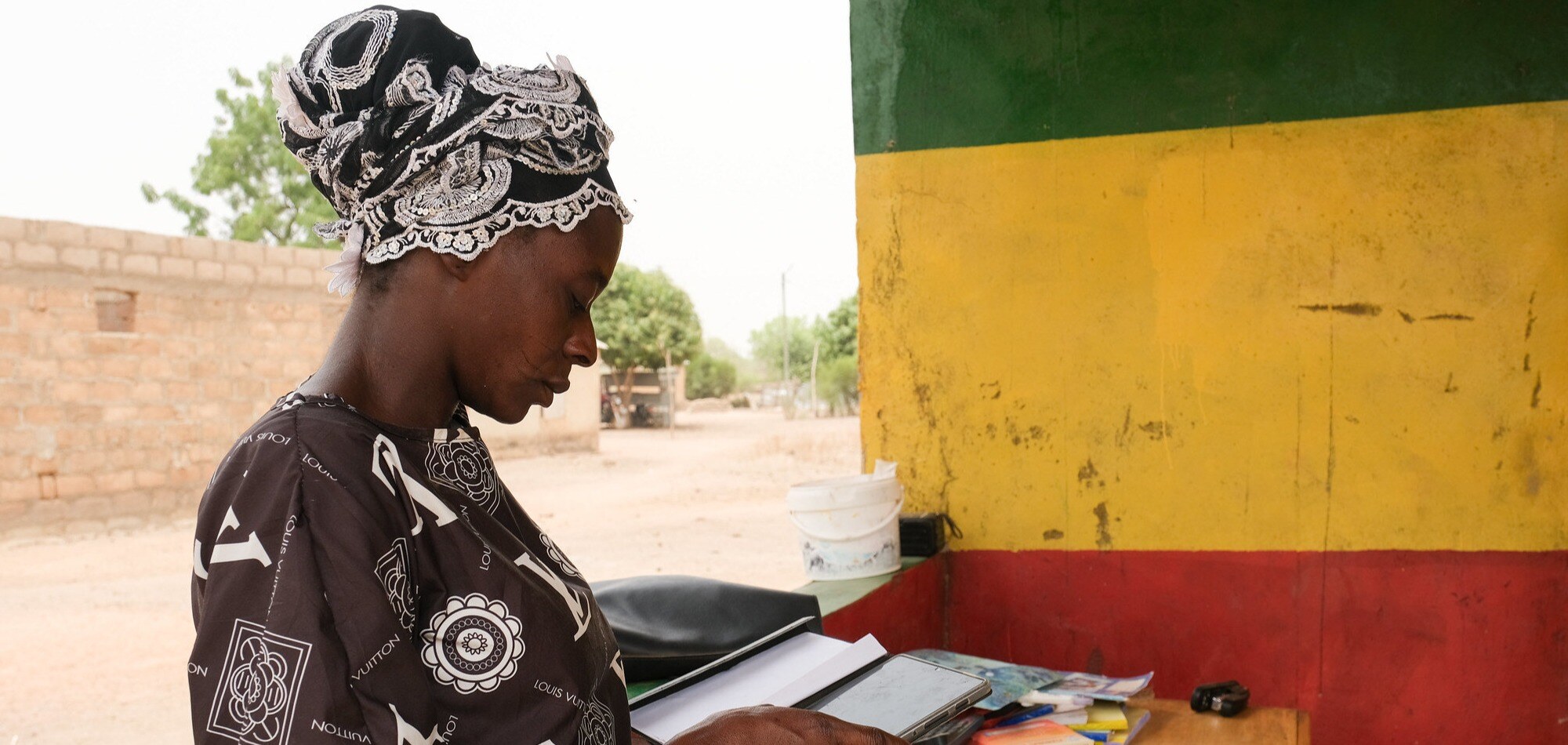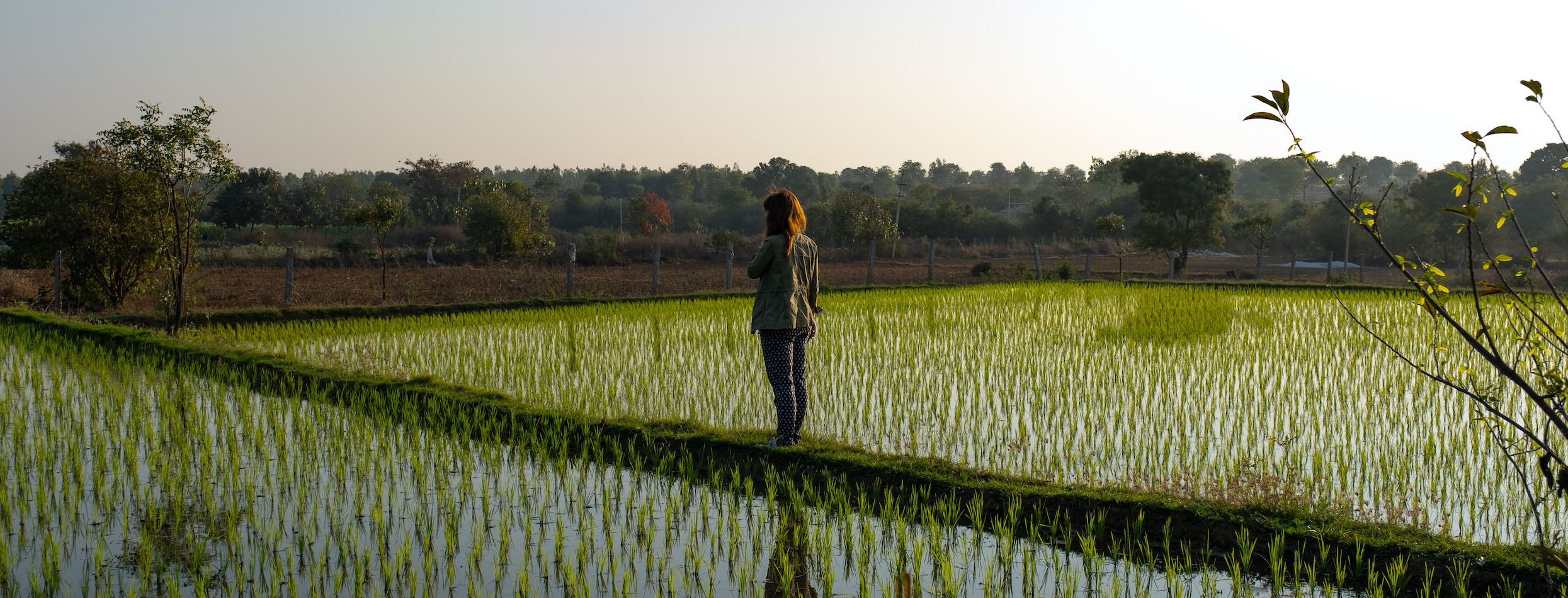Leadership
Want to include more women in your supply chains? Here's how!
A how-to guide for bringing women farmers into formal supply chains and boosting agricultural output and quality.
March 6, 2025
To feed the world, women are essential. They make up a significant portion of the global agricultural workforce, especially in developing countries. When they receive equal access to resources and opportunities as men, they significantly boost agricultural output, helping to feed millions more people.
Unfortunately, women farmers often face restrictive social norms, like limited access to land and loans, which makes it hard for them to succeed. Agribusinesses have a big role in addressing these inequalities and bringing women into formal supply chains. Not only does this help women earn higher incomes and have more reliable buyers, but it also has important benefits for businesses and boosts sourcing volumes and quality.
We’ve seen this firsthand as our organization, Value for Women, has collaborated with Acumen and many other partners to address this topic around the globe. Let’s look at how one successful agricultural business, Warc Africa (Warc), seized the opportunity to increase sourcing from women farmers.
Warc Africa powers growth by boosting female farmers
Warc Africa is an agricultural social enterprise in West Africa that brings together grain crops from farmers while providing them with agricultural inputs and services. In 2021, Warc kicked off an ambitious growth plan to boost the crop supply from farmers. The idea was to ensure the increased volume came from everyone—both men and women.
Before this, Warc’s crop supply originated disproportionately from men. The company relied on lead farmers in sourcing communities to connect with local farmers. However, this setup had limitations since lead farmers were not accessible to many local farmers, especially to women. So, Warc decided it was time to find a better solution that intentionally included women farmers.
The company believed that the key to this effort was switching from their former lead farmer model to establishing a network of rural Trading Hubs within the communities so that any farmer could interact with Warc. These Trading Hubs could reach and serve more farmers because they were embedded into local communities.
To create new structures for the Trading Hubs, they consulted women farmers. The data collection, supported by Value for Women, focused on understanding the barriers to accessing Warc’s services for women.
Based on what they heard, new ideas emerged to design the Trading Hubs intentionally to benefit women.
Women reported feeling held back from participating in Warc’s supply chain due to scarce time, lack of support, and inadequate access to inputs, land, and finance. This ultimately limited their yields and mobility and therefore their ability to sell to Warc.
Warc used these insights to design the Trading Hubs so women farmers could sell their produce more easily. The core of this design was hiring women as Trading Hub managers so that women would feel more comfortable visiting and interacting with the Trading Hubs.
Warc’s pivot led to impressive outcomes
Over two years, farmers shifted from selling once or twice to Warc to selling smaller volumes more frequently. This change contributed to farmers selling a larger volume of crops, increasing by 14x the total supply of agricultural products.
The Trading Hub model helped improve the quality of life of farmers, especially women.
- Sixty-one percent of women farmers and 40% of men farmers reported that their quality of life “very much improved”
- For both farmers and Hub managers, 96% reported increased earnings after working with Warc.
How can I take action and reach more women farmers?
Increasing sourcing from women means first understanding what is holding women back. You can do this by gathering feedback from both women and men farmers and then identifying any differences. Companies can then:
- Improve accessibility by bringing services closer to them.
- Reduce the requirements for formally supplying to the company.
- Facilitate access to agricultural inputs, equipment, and machinery, and make these affordable.
- Provide information and training to enhance product yields and quality, and ensure that training is delivered in settings that work for women.
Ready to take it a step further?
This blog offers insights from the Pathways to Growth: Gender-smart business actions that work report. It is one piece of building and nurturing an inclusive workforce. The report offers detailed case studies into topics like fostering an inclusive culture here and creating a safe space at work. These are essential steps to kickstart your journey toward an inclusive workplace, perfect for early-stage companies and even more established ones across all sectors.
This blog post was guest-authored by Erica Berthelsen and Asya Troychansky from Value for Women.

.png)
